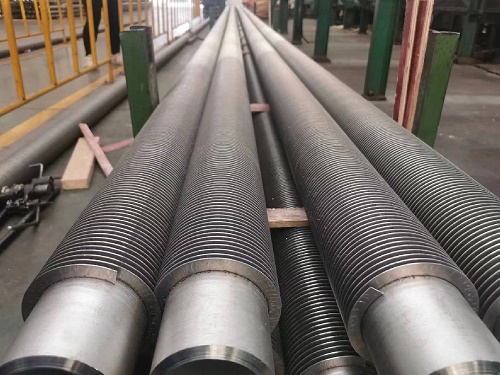How the finned tube improves the heat transfer efficiency?
How the finned tube improves the heat transfer efficiency?
Finned tubes improve heat transfer efficiency by increasing the surface area available for heat transfer. The fins on the outside of the tube create a larger surface area, allowing for more efficient heat transfer between the fluid flowing inside the tube and the surrounding environment.
There are two primary mechanisms by which fins improve heat transfer efficiency: convection and radiation.
Convection:
Fins increase the surface area of the tube, which increases the heat transfer coefficient between the fluid and the tube surface. This allows for more efficient heat transfer through convection.
Radiation:
The fins on the tube also increase the amount of radiation heat transfer. The fins absorb and emit more radiation than a smooth tube, which can significantly improve the heat transfer efficiency.
In addition to increasing the surface area, fins can also create turbulence in the fluid flow, which further enhances heat transfer efficiency. Turbulence disrupts the fluid flow and creates eddies, which help to mix the fluid and distribute heat more evenly across the surface of the tube.
Overall, finned tubes are a cost-effective solution for improving heat transfer efficiency in various industrial applications, such as heat exchangers, boilers, and air-cooled condensers. They can help to reduce energy consumption and improve process performance, making them a popular choice for many industries.


